Dragons are the new Teamfight Tactics mechanic within Set Seven, bringing three new styles of gameplay and strategy.
Each new TFT set has a unique mechanic and dragons are the focus of the Set Seven Dragonlands set. Hextech Augments were the main mechanic from Gizmos & Gadgets, and they are sticking around for Set Seven as a revised mechanic with a name change. Dragons have their own mechanic via a unique trait, and Raptors have been replaced with an Armory-like mechanic that can help players complete their comps while heading into the late game stages.
Here are the three main TFT Set Seven mechanics in Dragonlands, according to Riot Games.
A new Set Seven Dragon trait

The seventh TFT set has a total of seven dragons, four of which are tier four and three at tier five. Each dragon has the Dragon trait, in addition to other traits that don’t cross over with other dragons because the Dragon trait only activates when one dragon is on the battlefield.
- Dragon trait: Active with only one dragon on the battlefield (unless altered by a Draconic Augment). Dragons take up two slots, gain 600 bonus health, and plus-three stats to a marked trait.
Adding a dragon to your comp can increase the team’s overall power levels significantly, which is why all dragons cost twice as much as other TFT champions in those tiers and take up two slots on the battlefield. Each of the seven dragons automatically has the Dragon trait. Two of the seven have one additional trait, and the other five have two other traits in conjunction with the Dragon trait.
- Daeja: Tier-four dragon with the Mirage trait.
- Idas: Tier-four dragon with Shimmerscale and Guardian traits.
- Shi Oh Yu: Tier-four dragon with Jade and Mystic traits.
- Sy’fen: Tier-four dragon with Whispers and Bruiser traits.
- Ao Shin: Tier-five dragon with the Tempest trait
- Aurelion Sol: Tier-five dragon with Astral and Evoker traits
- Shyvana: Tier-five dragon with Ragewing and Shapeshifter traits
The “plus-three marked trait” will always be a trait other than the dragon trait. A plus-three on Shimmerscale via Idas will automatically activate the trait if there are no other Shimmerscale units on the battlefield. A plus-three on the Whispers trait via Sy’fen can take a comp fully vertical to eight, providing +12 damage and ability power to the whole team.
Dragons in TFT Set Seven aren’t an auto-include that can win games. Players will need to build around them and strategize to gain the full value of having a dragon on your team.
Set Seven Draconic Augments
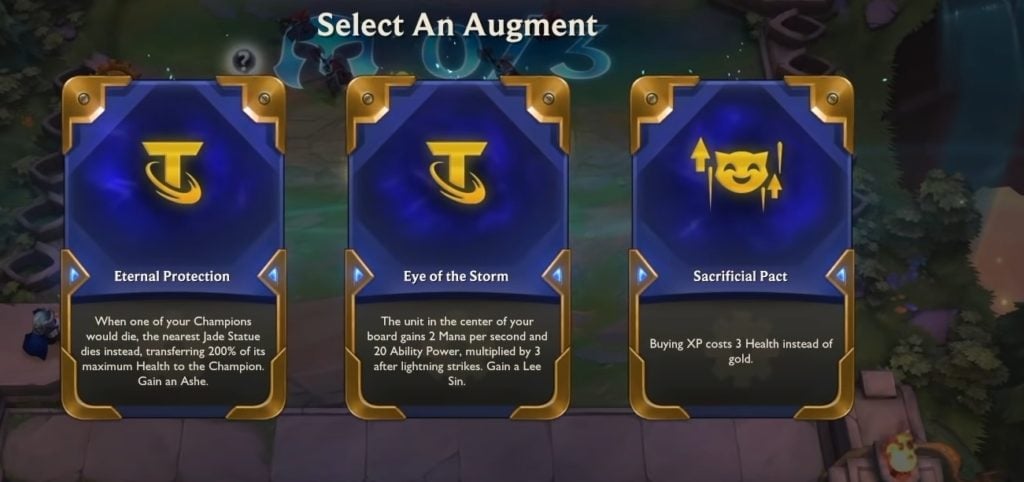
Hextech Augments have been reworked into Draconic Augments, providing players with power levels and strategies that differ from the original ones. Tier rolling percentages have been changed, and the Draconic Augments now drop at stages 2-1, 3-2, and 4-2. Players are likely to see more Gold tier Augments than Silver and Prismatic, and a new reroll mechanic has been added to Draconic Augments—but players can only use it once per game.
Low-rolling Augments in Set Six felt bad, so the TFT team has added a reroll option to Draconic Augments. Players can spend one gold to reroll the Augment options once per game, increasing the variance while potentially hitting the best choice for their team comp.
Trait Augments have been adjusted to provide additional strategies. Power levels have been decreased slightly across the board, and a new set of “big brain” Draconic Augments challenge players through high-risk, high-reward strategies.
The TFT Treasure Dragon

Replacing Raptors at Stage 4-7 PvE is a new TFT mechanic called Treasure Dragon. The mechanic is an upgraded take on Armories from previous sets. Players will get presented with five consumables, from completed items and individual components to gold and Magnetic Removers.
Rather than picking one from the offered options, players will choose all or refresh the shop for one gold to reroll a whole new list. The goal of the Treasure Dragon is to help players get the consumables they need to complete a TFT comp, whether that’s gold to roll for five-cost champions or a specific component for a best-in-slot item.
All options found in the Treasure Dragon Armory are about equal in power to other players in the lobby. Rerolling does not increase the potential power of the options.
Set Seven TFT odds and ends mechanics
A handful of existing TFT mechanics were adjusted for Set Seven Dragonlands.
- Neeko’s Help renamed Champion Duplicator
- Stage 5-6 PvE round will only drop emblems if the trait is active
- Stage 5-65 PvE round can now drop un-craftable emblems
- The minimum number of component items dropped from PvE Minions, Krugs, and Wolves is now five. Players will have a minimum of nine component items before the Treasure Dragon, including Carousel items.
- Gold coins earned from PvE rounds are automatically collected at the end of combat, saving players time.
Updated May 23 at 4pm CT: An odds and ends section was added following additional information about TFT Set Seven Dragonlands, revealed by game design director Stephen “Mortdog” Mortimer



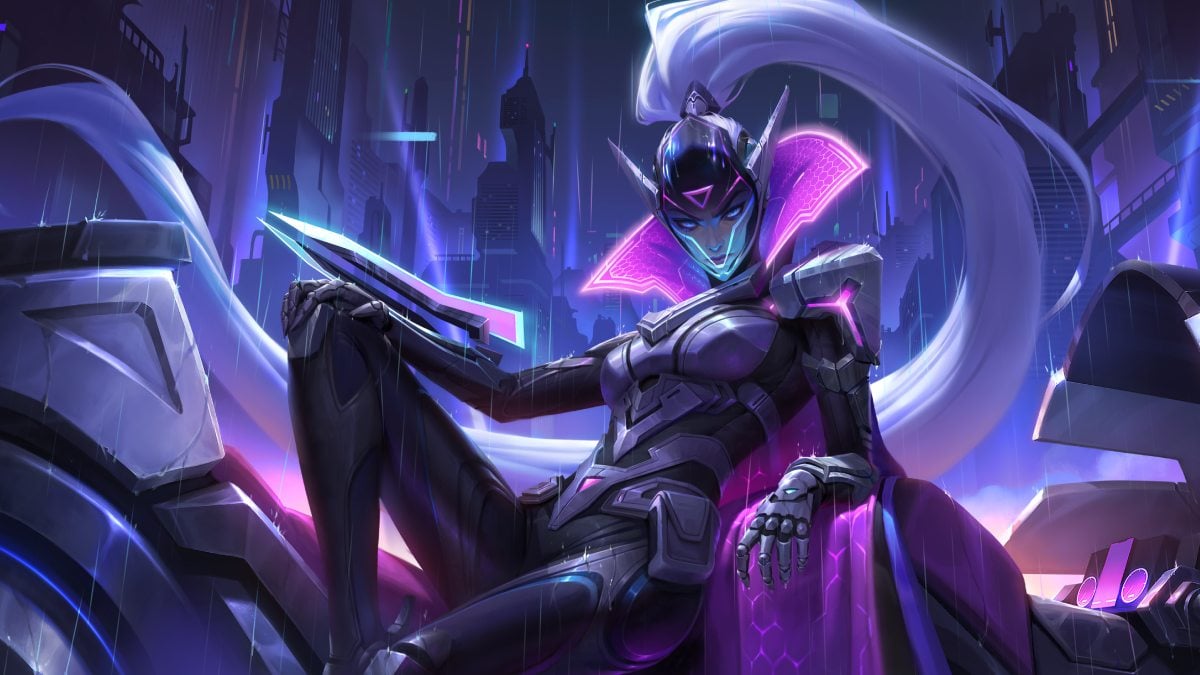
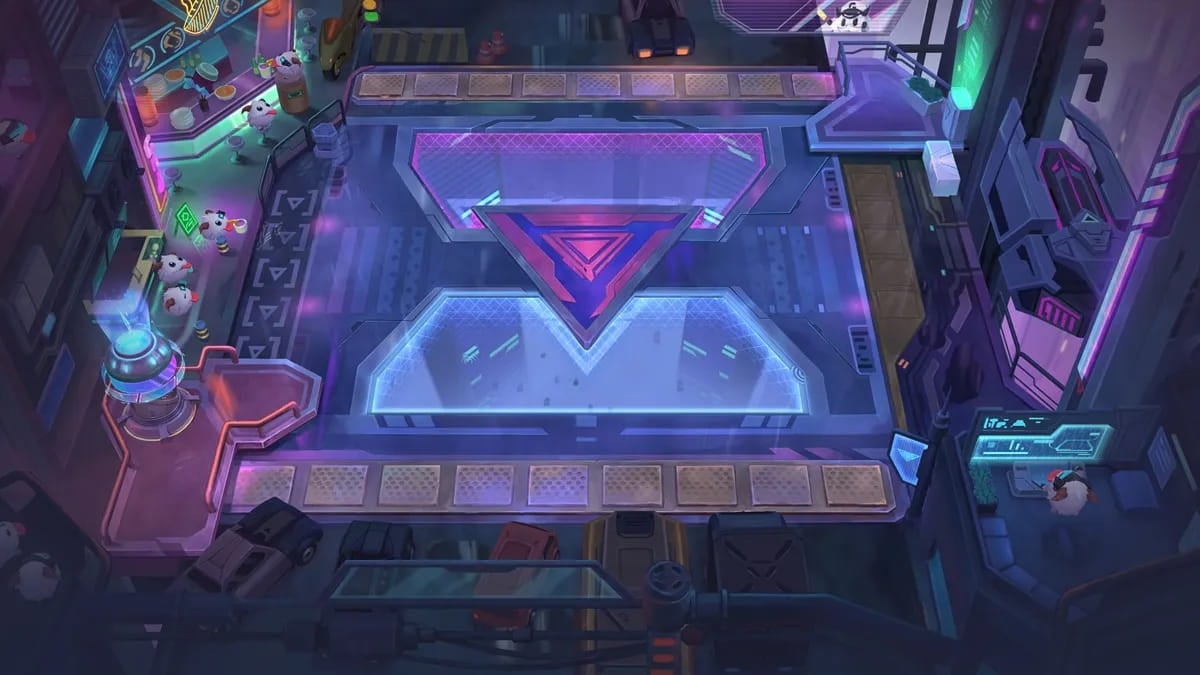
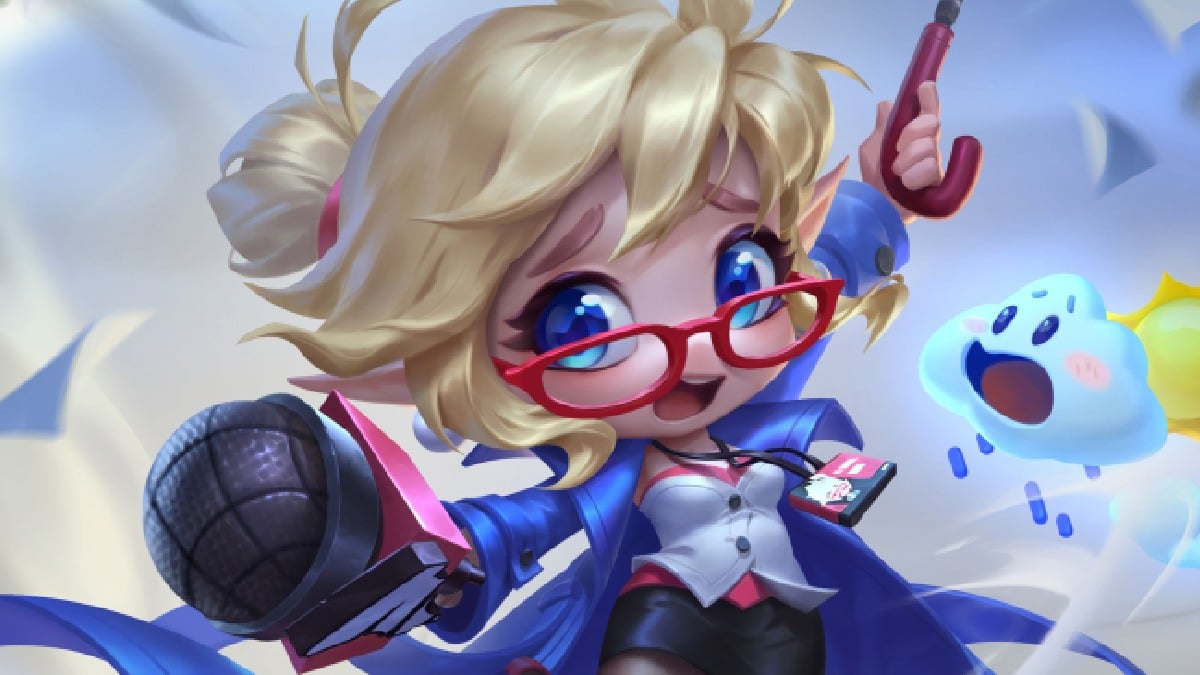
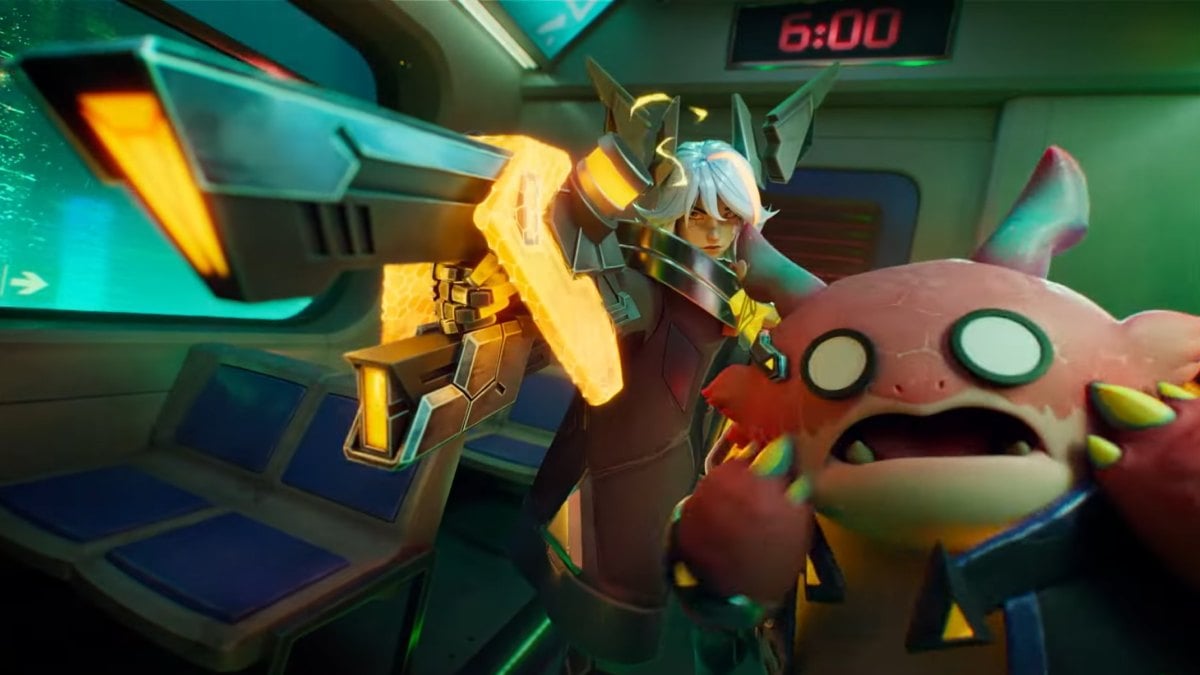
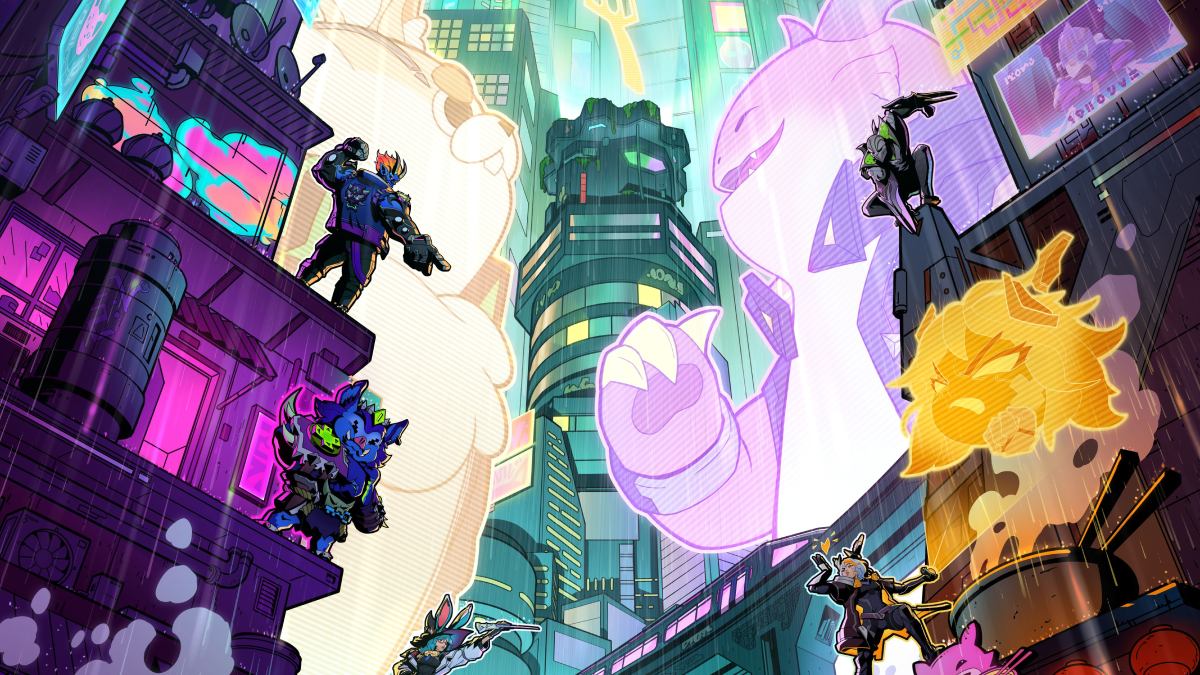
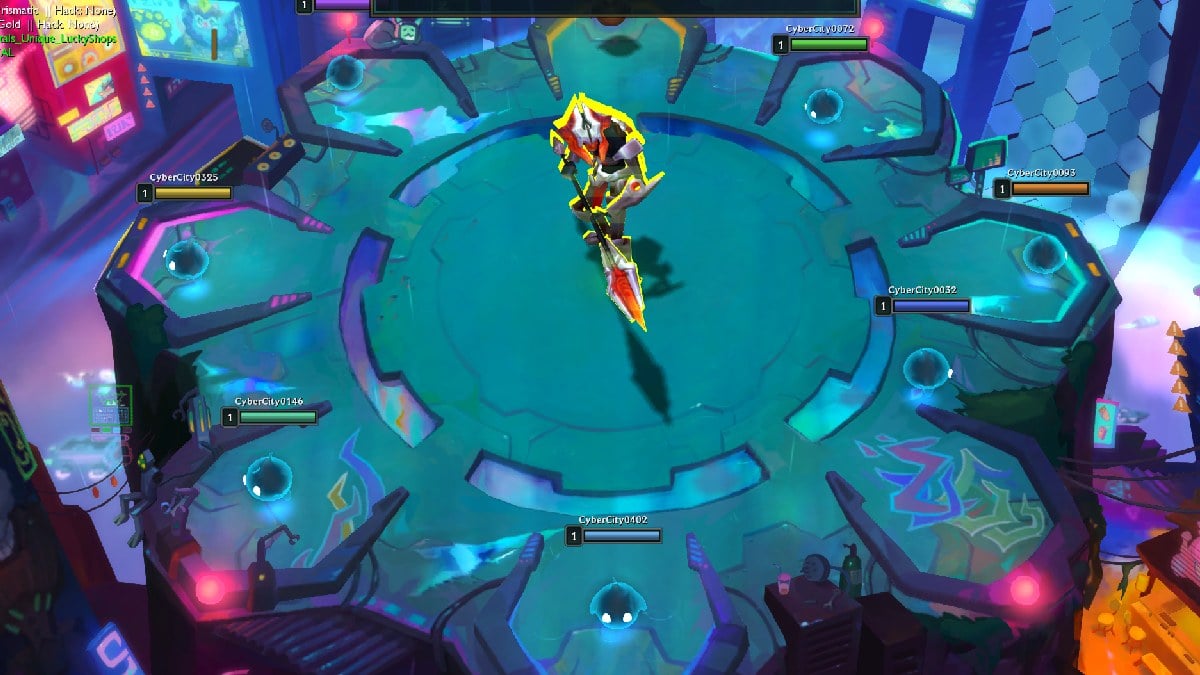

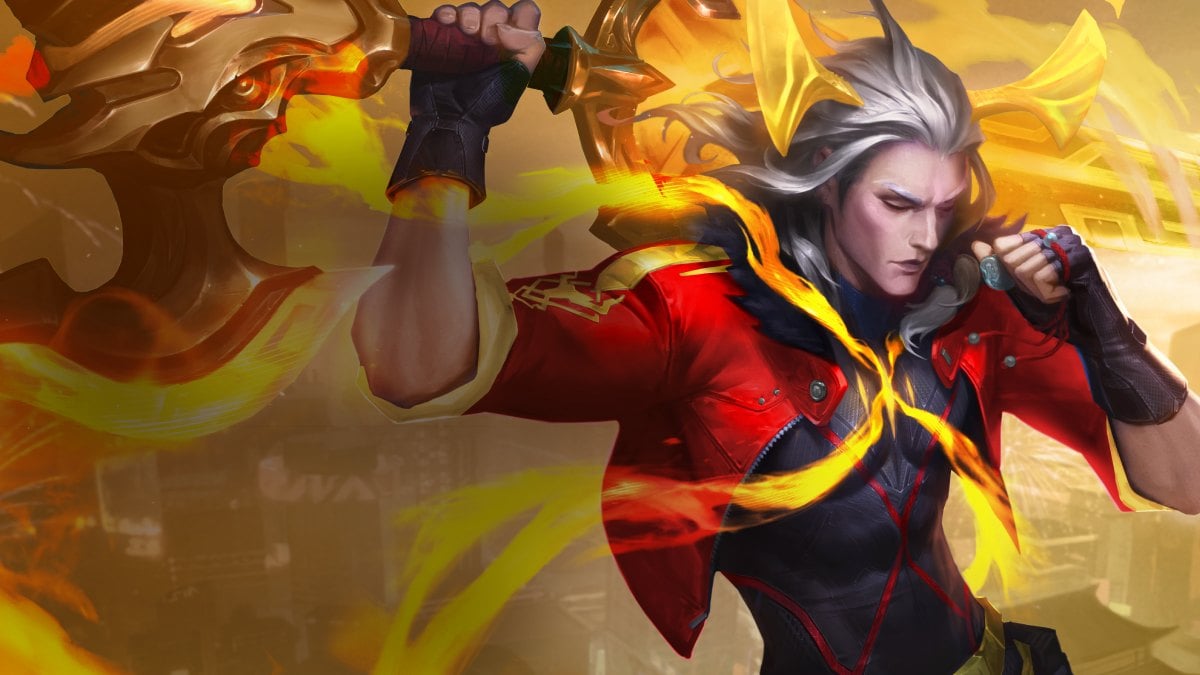

Published: May 23, 2022 04:11 pm